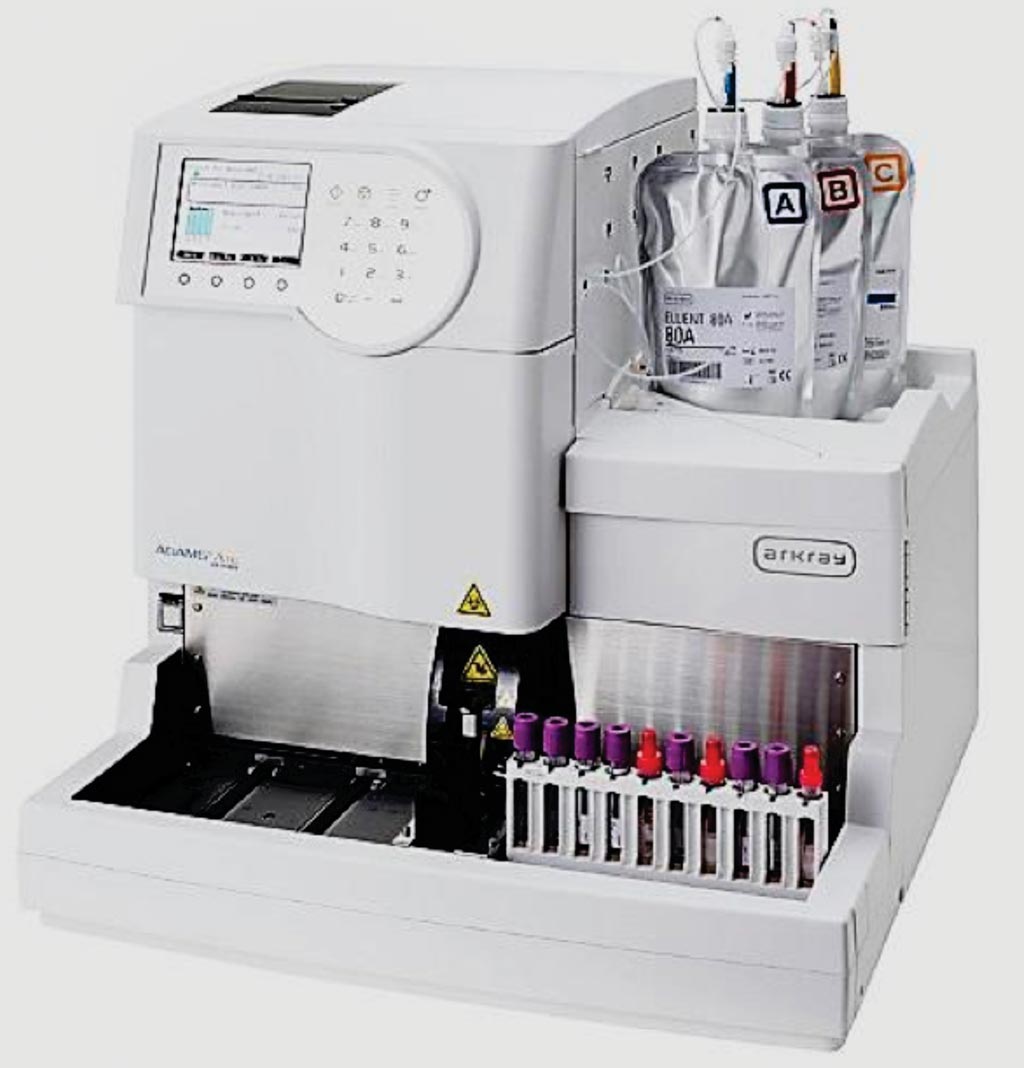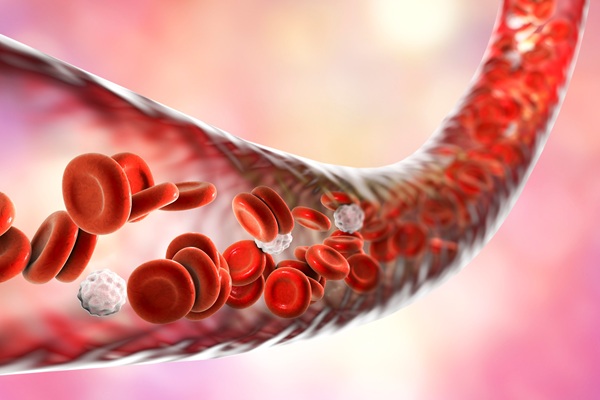Liquid Chromatography Analyzer Evaluated for Hemoglobinopathy
By LabMedica International staff writers
Posted on 18 Jan 2017
The quantification of HbA2 and HbF, and the detection and quantification of hemoglobin variants, is an essential tool in the diagnosis of hemoglobinopathies such as thalassemia or sickle cell syndromes.Posted on 18 Jan 2017
The narrow separation between normal and pathological HbA2 values, strict analytical quality of HbA2 measurement is an essential requirement for accurate diagnosis, particularly for genetic counseling when couples at-risk must be identified.

Image: The ADAMS A1c, HA-8180 is a fully automated Glycohemoglobin (HbA1c) analyzer based on HPLC (Photo courtesy of Arkray).
A hematologist at the Hospital Galdakao – Usansolo evaluated the analytical performance and quality of results obtained from a fully automated high-pressure liquid chromatography (HPLC) analyzer for routine estimation of HbA2 and the screening of β thalassemia. Blood specimens were obtained from patients whose diabetic control or hemoglobinopathy were being assessed.
The scientist measured HbA2 values with the fully automated Glycohemoglobin analyzer based on HPLC ADAMS A1c HA-8180 on Thalassemia mode and were compared with those obtained with their current method, the established HPLC ADAMSTM A1c HA-8160. Comparison was performed by running 400 samples from healthy subjects, 30 alpha and 80 beta carriers. Hemoglobin was measured on a XN counter. Different common variant hemoglobins were analyzed: HbS, HbC, HbD, HbJ, Hb Lepore, HbSC, Hb E, Hb O, and δβ thalassemia carriers with raised HbF. Twenty samples of heterozygous HbS were measured with capillary electrophoresis in the reference laboratory to discard the spurious increment of HbA2.
The mean difference between HbA2 results of ADAMS A1C HA-8180T and capillary electrophoresis, in samples of heterozygous HbS, was 0.2 %. The hematologist found an ample gap between healthy persons and carriers. A potential bias is that they have not included carriers of mutations producing borderline values of HbA2, which was absent in the area, and this fact must be considered in regions with high prevalence of those patients. The author concluded that the ADAMS A1c HA-8180T provided a rapid and reliable separation of HbA2. The measurement is accurate and reproducible, which is needed because of the slight difference between normal and pathological values. The gap in HbA2 values between normal subjects and β-thalassemia carriers makes this an appropriate method for rapid screening for carriers. The study was published in the December 2016 issue of the International Journal of Laboratory Hematology.








 (3) (1).png)





